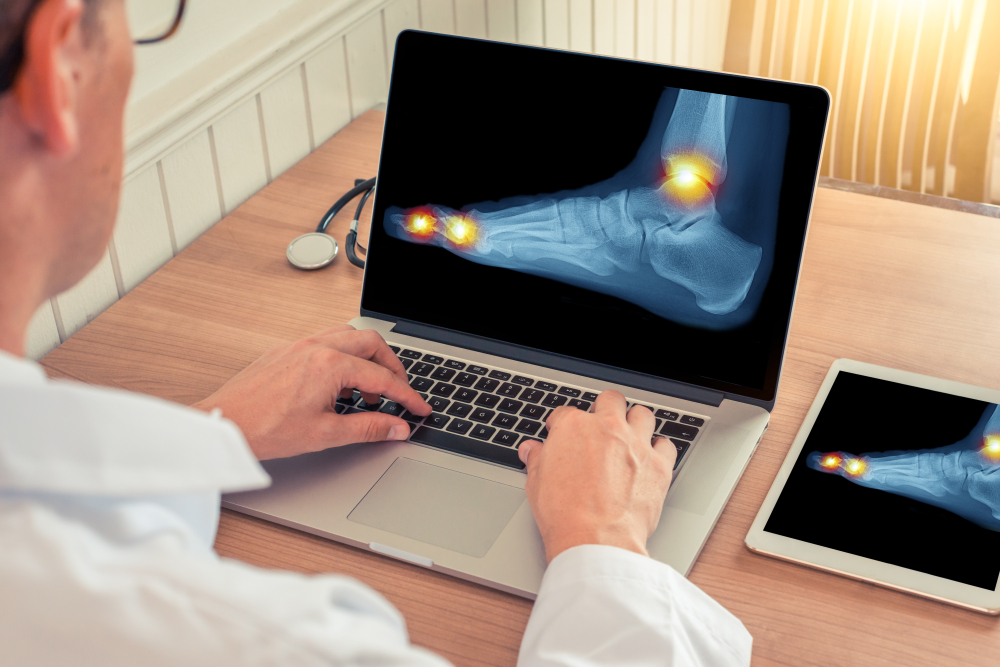DIAGNOSIS
Your doctor will have your toe checked, and your medical history asked. Tell your doctor as many specifics about the injury and the symptoms as you can. Your doctor will look for tender areas on your toes during the physical test. The skin around your injury will also be examined by your doctor to make sure it is intact and that the toe still receives sufficient blood flow and nerve signals. If you experience a lack of sensation or tingling in your toe, be sure to tell your doctor. This may be an indication of nerve damage.
Your doctor would prescribe X-rays of your foot taken from several angles if a fractured toe seems definite.
TREATMENT
There is little your doctor can do in most cases of a broken toe. Above all, it’s up to you to stabilize and rest the injured toe.
You should put an ice on the injured toe and keep it elevated even before you recognize if your toe is broken. You can also take painkillers such as acetaminophen (Tylenol), ibuprofen (Advil, Motrin), or naproxen (Aleve). These are over-the-counter painkillers, but your doctor can recommend stronger painkillers if you have surgery to fix the foot.
A fractured bone needs to be immobilized to heal so that the ends can knit back together. Examples are:
- Buddy taping: Your doctor may tape the injured toe to the neighboring toe if you have a simple fracture in any of your smaller toes. The toe that is uninjured works like a splint.
- Wearing appropriate shoes: Your doctor could recommend a post-surgical shoe that has a stiff bottom and a soft top that closes with fabric fastener strips. It will avoid flexing of your toe and provide more space to handle the swelling.
- Casting: You will need a walking cast if the pieces of your broken toe would not keep securely together.
Surgery may be required to reset the broken bone or bones in very severe cases. To help it heal better, a surgeon may often insert a pin or a screw into the bone. These hardware pieces will stay permanently in the toe.


